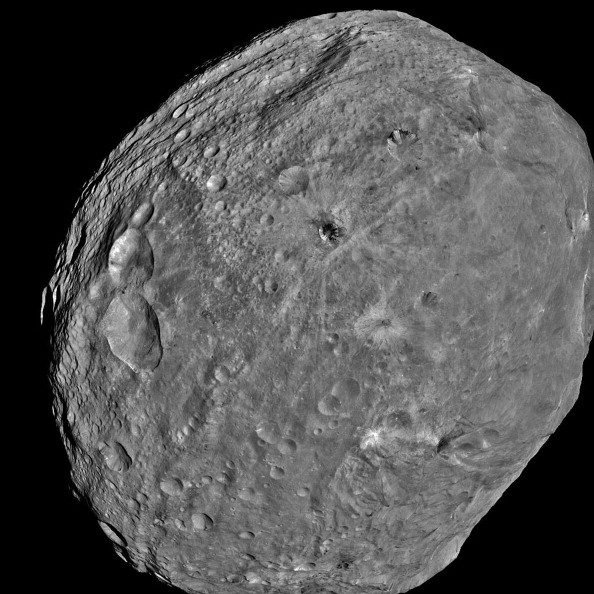Data collected during the years OSIRIS-REx of NASA spent buzzing around asteroid Bennu has let researchers update the risk which this potentially hazardous near-Earth object cause.
Currently, the spacecraft OSIRIS-REx is on the way to Earth, bearing surface samples gotten from asteroid Bennu. From December 2018 to May this year, the NASA spacecraft analyzed the gigantic rubble pile from all angles.

Asteroid Bennu
The spacecraft also measured its shape, composition, size, mass, spin, orbital trajectory, and other crucial features. Bennu is an ancient asteroid containing carbon, so if this object is studied, scientists will be able to make inferences about how the solar system was during its initial stages.
But this $800 million mission has more to it than just searching for organic molecules or indications of water and weighty elements. Currently, Bennu is rated second on the list of likely dangerous asteroids, emphasizing the value of learning as much as humans can about it- mostly the orbital dynamics dictating its potential movements.
Also Read : See Bennu Upclose! NASA to Examine Near-Earth Asteroid Through OSIRIS-REx's Robotic Eyes
OSIRIS-REx
Published in Icarus, the new research does precisely this, providing an improved trajectory of Bennu through to the year 2300. The hater of mankind among humans may be glad to know that there is still a very slight possibility of Bennu hitting our planet in the coming century.
The chances of a collision during the year 2300 are still very low. Now, they are pegged to be around 1 in 1,750, or 0.057%.
Data got by NASA's Deep Space Network, OSIRIS-REx, and computer models let the scientists limit doubt in the orbit of Bennu by a factor of 20. What actually made this possible is OSIRIS-REx, as it took the measurement of Bennu's position comparable to Earth down to the scale of scarcely any meters.

Gravitational Keyholes
Speaking earlier yesterday at a teleconference made for reporters, the lead author of the new paper and also a researcher with the Center for Near Earth Object Studies at NASA's Jet Propulsion Laboratory in Southern California whose name is Davide Farnocchia talking about Bennu said: It's an "impressive" outcome, as "we had one of the best known orbits in the entire asteroid catalogue."
A co-author of the study and also OSIRIS-REx principal investigator at the University of Arizona whose name is Dante Lauretta said this "incredible precision" let the team characterize the orbital parameters of the asteroid and have a better prediction of where it'll be in time to come
Astonishingly, the new model let the researchers get rid of 24 out of 26 likely keyholes for Bennu that were projected to exist on the 11th of September 2135. This is when the asteroid is programmed to zip past Earth without risks. Gravitational keyholes can be compared to made up gateways that take personalities into alternative timelines.
Related Article : China Plans to Launch Rockets to Save Earth From Disastrous Impact With 85-Million-Ton Asteroid
For more news, updates about Asteroid Bennu and similar topics don't forget to follow Nature World News!
© 2025 NatureWorldNews.com All rights reserved. Do not reproduce without permission.





